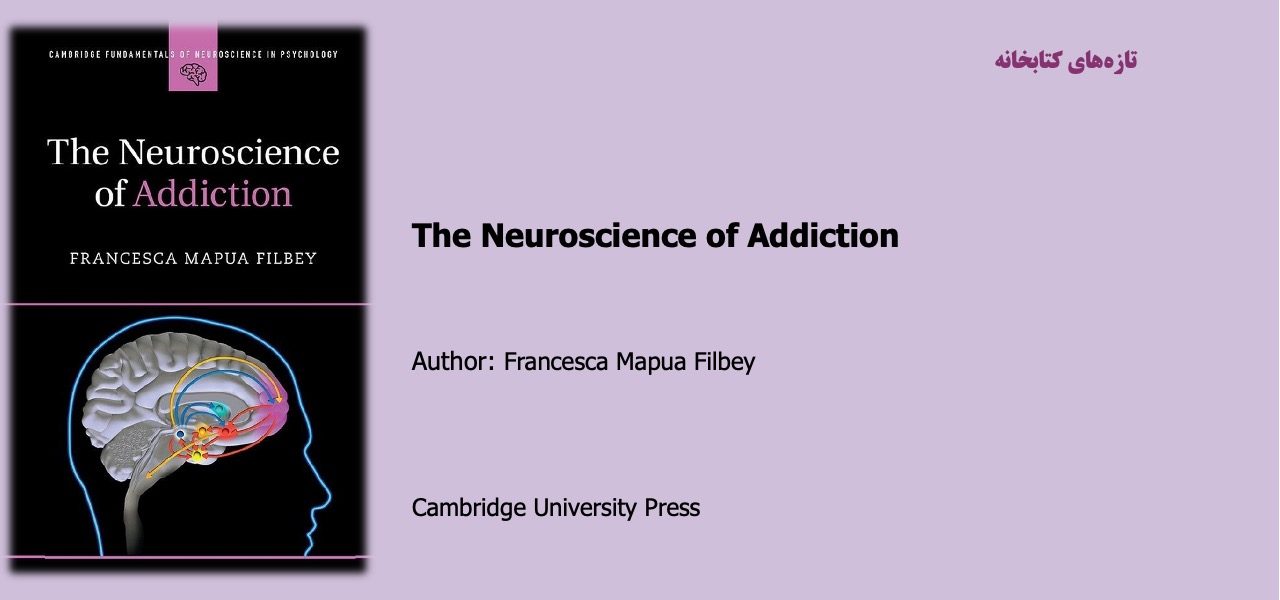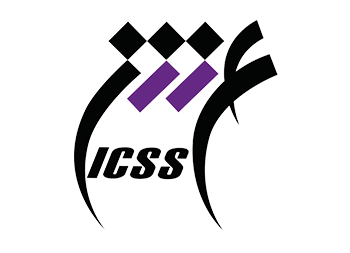The Neuroscience of Addiction

This book has been written to fill a void in the areas of behavioral neuroscience and neuropsychopharmacology. To date, the single most relevant textbook on this topic is one focused on the use of neuroimaging tools to study addiction, rather than to explain it. It is also written for a scientific audience, not undergraduate students or lay people. As scientific inquiry and public interest in the addicted brain have grown, so too has the need for a comprehensive and accessible textbook that communicates extant neuroscience research on this topic. This book will serve as an educational tool for neuroscience and pre-med students and trainees at all levels. Undergraduate students in upper-division courses, graduate students and educated lay people are the target audience for this book. It is written at a level appropriate for individuals with minimal to no background in neuroscience so as to be accessible for scientists in other disciplines, including public policy, public health and developmental psychology, with interest in the adolescent brain. This book can serve as a supplemental textbook in upper-level college/university courses such as Brain and Behavior, Psychopharmacology, Neuropsychology, Behavioral Neuroscience and as a trade book for educated lay people (as it has been written in an accessible style), and/or as a main textbook in a college/university course or seminar at the advanced undergraduate level or the graduate level (along with supplemental scientific articles). It is written in language that is accessible to students, non-specialists and educated lay people alike.
This book is included in the Cambridge Fundamentals of Neuroscience in Psychology series published by Cambridge University Press. The goal of this series is to introduce readers to the use of neuroscience methods and research to inform psychological questions
مطالب مرتبط

اصول روان درمانگری و مشاوره با رویکرد اسلامی (مفاهیم، فرآیند و فنون)
۲۶ / بهمن / ۱۴۰۳

آموزش مهارت نوشتن از منظر شناختی
۲۶ / بهمن / ۱۴۰۳


